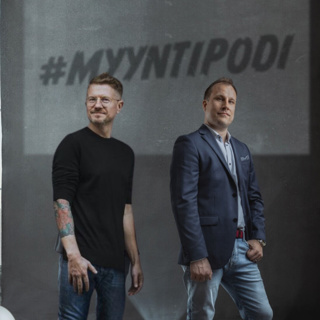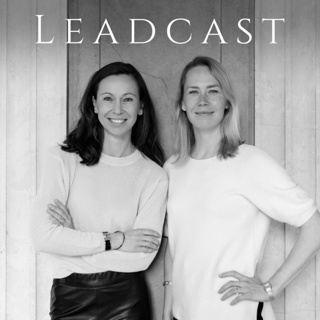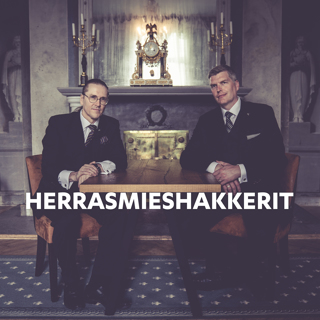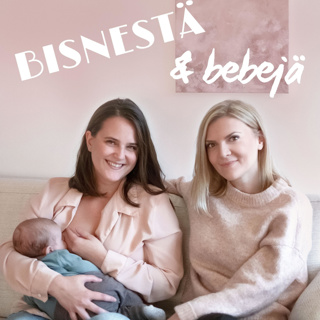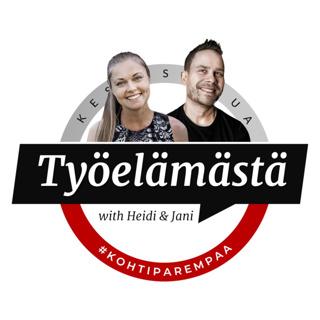
Instagram: Kevin Systrom & Mike Krieger (2017)
We're hard at work planning our upcoming live shows, so we bring you this favorite from the last year: Instagram. Kevin Systrom and Mike Krieger launched their photo-sharing app with a server that crashed every other hour. Despite a chaotic start, it became one of the most popular apps in the world. PLUS in our postscript "How You Built That," we check back with Dave Weiner of Priority Bicycles, a low-maintenance bicycle brand. See Privacy Policy at https://art19.com/privacy and California Privacy Notice at https://art19.com/privacy#do-not-sell-my-info.
13 Marras 201731min
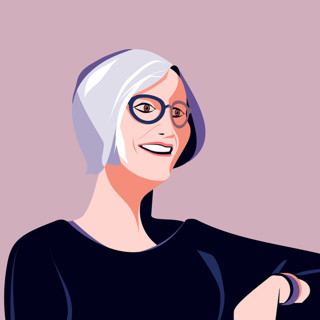
Eileen Fisher: Eileen Fisher
In 1983, Eileen Fisher signed up for a fashion trade show with no experience, no garments, no patterns or sketches – nothing but a few ideas for a women's clothing line focused on simplicity. Within three weeks, she came up with 12 pieces, a logo, and a name: Eileen Fisher. Today, the Eileen Fisher brand is still known for its elegant and minimalist designs, but it has grown to more than 60 locations and makes over $300 million in annual revenue. PLUS for our postscript "How You Built That," how Louisiana butcher Charlie Munford is helping popularize wild boar meat. See Privacy Policy at https://art19.com/privacy and California Privacy Notice at https://art19.com/privacy#do-not-sell-my-info.
6 Marras 201746min

Chipotle: Steve Ells
In 1992, Steve Ells was a classically trained chef working in a high-end restaurant in San Francisco. But after eating a burrito at a local taqueria, he got an idea: to sell burritos and earn enough money to open his own gourmet restaurant. The first Chipotle opened in Denver the following year. Bringing his culinary training to taqueria-style service, Steve Ells helped transform the way we eat fast food. PLUS for our postscript "How You Built That," how Alexander Harik turned his mom's recipe for za'atar spread—a fragrant Middle Eastern condiment—into Zesty Z: The Za'atar Company. See Privacy Policy at https://art19.com/privacy and California Privacy Notice at https://art19.com/privacy#do-not-sell-my-info.
30 Loka 201750min

Burton Snowboards: Jake Carpenter
In 1977, 23-year-old Jake Carpenter set out to design a better version of the Snurfer, a stand-up sled he loved to ride as a teenager. Working by himself in a barn in Londonderry, Vermont, he sanded and whittled stacks of wood, trying to create the perfect ride. He eventually helped launch an entirely new sport, while building the largest snowboard brand in the world. PLUS for our postscript "How You Built That," how Jane Och solved the problem of guacamole turning brown, with a container that removes air pockets, the Guac-Lock. See Privacy Policy at https://art19.com/privacy and California Privacy Notice at https://art19.com/privacy#do-not-sell-my-info.
23 Loka 201745min

Bumble: Whitney Wolfe
At age 22, Whitney Wolfe helped launch Tinder, one of the world's most popular dating apps. But a few years later, she left Tinder and filed a lawsuit against the company alleging sexual harassment. The ensuing attention from the media – and cyberbullying from strangers – prompted her to launch Bumble, a new kind of dating app where women make the first move. Today, the Bumble app has been downloaded more than 20 million times. PLUS for our postscript "How You Built That," how Michelle Innis invented De-Fishing soap to freshen up her fisherman husband, and how it wound up in WalMart. See Privacy Policy at https://art19.com/privacy and California Privacy Notice at https://art19.com/privacy#do-not-sell-my-info.
16 Loka 201741min

Teach For America: Wendy Kopp
In 1989, college senior Wendy Kopp was trying to figure out how to improve American public schools. For her senior thesis, she proposed creating a national teaching corps that would recruit recent college grads to teach in underserved schools. One year later, she launched the nonprofit, Teach for America. Today, TFA has 50,000 alumni, a budget of nearly $300 million, and continues to place thousands of teachers across the country. PLUS in our postscript "How You Built That," how a game of Secret Santa led Chris Waters to create Constructed Adventures, elaborate scavenger hunts for all occasions. See Privacy Policy at https://art19.com/privacy and California Privacy Notice at https://art19.com/privacy#do-not-sell-my-info.
9 Loka 201743min

Stonyfield Yogurt: Gary Hirshberg
In 1983, two hippie farmers decided to sell homemade organic yogurt to help raise money for their educational farm in New Hampshire. As the enterprise grew into a business, it faced one near-death experience after another, but it never quite died. In fact it grew — into one of the most popular yogurt brands in the US. PLUS in our postscript "How You Built That," how Indiana Jones inspired Steve Humble to sell secret passageways for a living. See Privacy Policy at https://art19.com/privacy and California Privacy Notice at https://art19.com/privacy#do-not-sell-my-info.
2 Loka 201759min

Live Episode! Starbucks: Howard Schultz
During his first visit to Seattle in 1981, Howard Schultz walked into a little coffee bean shop called Starbucks and fell in love with it. A few years later, he bought the six-store chain for almost 4 million dollars, and began to transform it into a ubiquitous landmark, a "third place" between home and work. Today Starbucks is the third largest restaurant chain in the world, serving about 100 million people a week. Recorded live in Seattle. See Privacy Policy at https://art19.com/privacy and California Privacy Notice at https://art19.com/privacy#do-not-sell-my-info.
28 Syys 201748min









